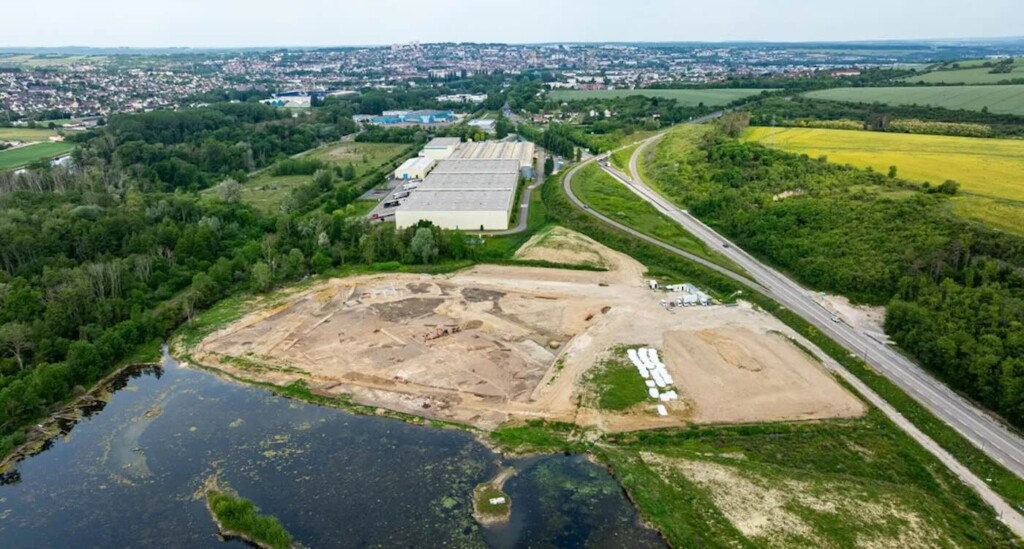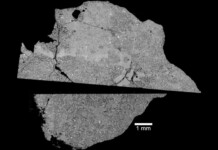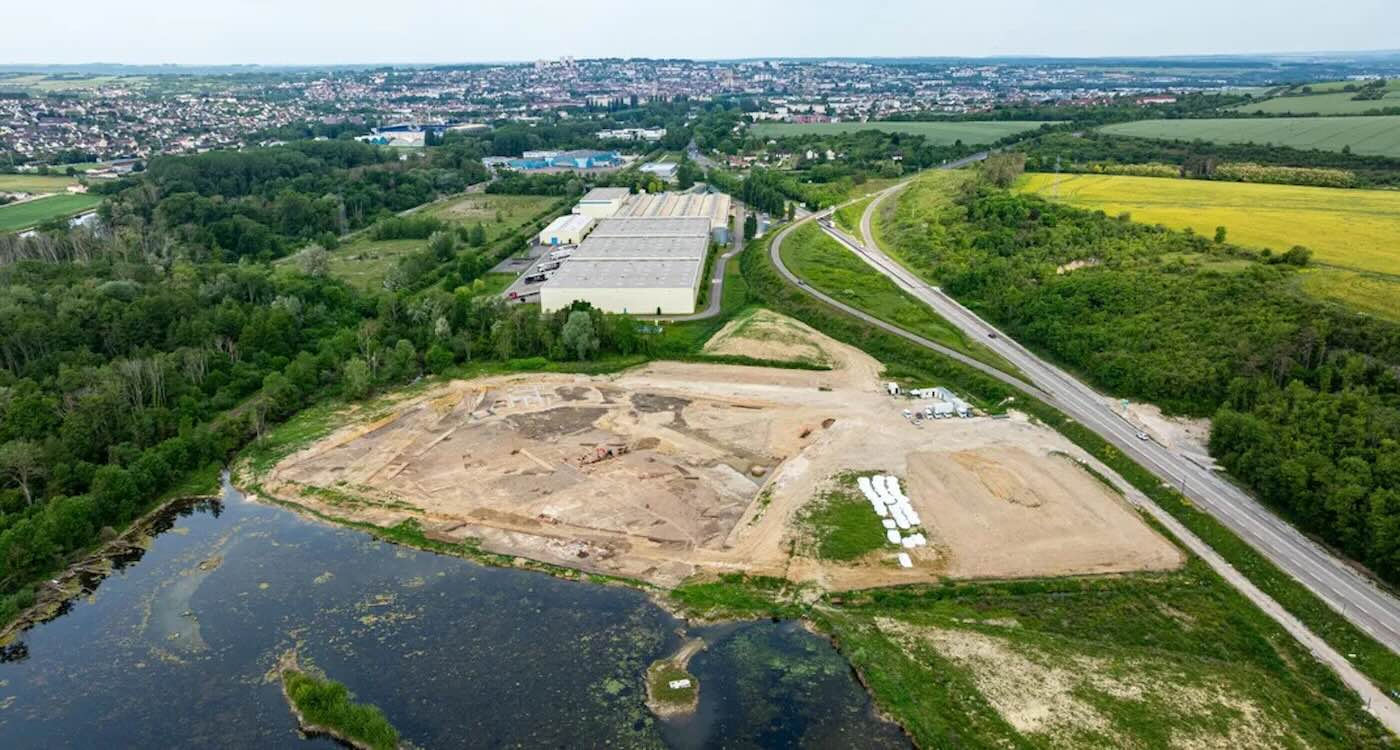
If you had to picture the villa of an important Roman official, it would probably be reasonable to expect to see mosaics and frescoes, private baths; perhaps underfloor heating.
Sainte-Nitasse, a Gallo-Roman site in central France has all of these and more, indicating a previously unknown level of grandeur for the area.
Sprawling across 43,000 square feet of real estate along the River Yonne near the city of Auxerre, the villa’s remains were discovered during roadwork as is so often the case.
It was said 2,000 years ago that all roads lead to Rome, well, Eli Wizevich at Smithsonian Magazine points out that while this is still the case today, the ‘Rome’ the roads lead to tend to be ruins.
Following Julius Caesar’s conquest of France—then known as Gaul—the necessity of local administration led to members of the patrician class owning massive agricultural estates which doubled as imperial command nodes.
A wealthy Gallo-Roman presence was previously known from a much smaller site nearby on the outskirts of Autissiodorum, as Auxerre was previously called, but since 1966, it was supposed that nothing more was to be found here.
Then, roadwork on the D606 uncovered stately building material like cut stone and marble, and it became clear that the smaller building was merely a single wing of this truly impressive “grand villa” according to a statement from the French National Institute for Preventative Archaeology (INRAP).
The villa would have been divided between the pars urbana, Latin for residential quarters, and the pars rustica, or agricultural areas. The grandest of provincial Roman villas are almost always characterized by the presence of private baths; often large and directly or very closely linked to the pars urbana.
In general, there is sophisticated architecture, using materials like marble, mosaics, frescoes, etc., but also special facilities such as ponds, fountains, and gardens that can sometimes develop in several courtyards.
As mentioned above, Sainte-Nitasse contains all this, including a 4,800-square-foot garden is enclosed by a fountain to the south and a water basin, or an ornamental pond, to the north. The Romans’ famous underfloor heating system, called a hypocaust, was also present.
INRAP’S IMPORTANT WORK: Hotel Excavation Reveals Medieval Castle with Moat and Stones That Look Like They Were Laid Yesterday
The waters of the Yonne fed an artificial thermarium or thermal baths where the villa’s owner and family would have bathed, while a vast cultivation space would have been worked by many slaves.
One of the most important parts of the discovery was the site’s level of preservation.
MORE ROMAN RUINS: 1,800-year-old Roman Water Pipe Made from Hollow Tree Trunks Found Under a Street in Belgium
“For a rural site, it’s quite exceptional,” lead archeologist Alexandre Burgevin tells L’Yonne Républicaine. “You can walk on floors from the time period, circulate between rooms like the Gallo-Romans did.”
Several areas still require extensive excavation to understand, in part because the dig has so far yielded few artifacts of any note. The excavators have until September to continue before the roadwork will resume nearby.
SHARE This Latest Discovery From Classical Rome With Your Friends…




















